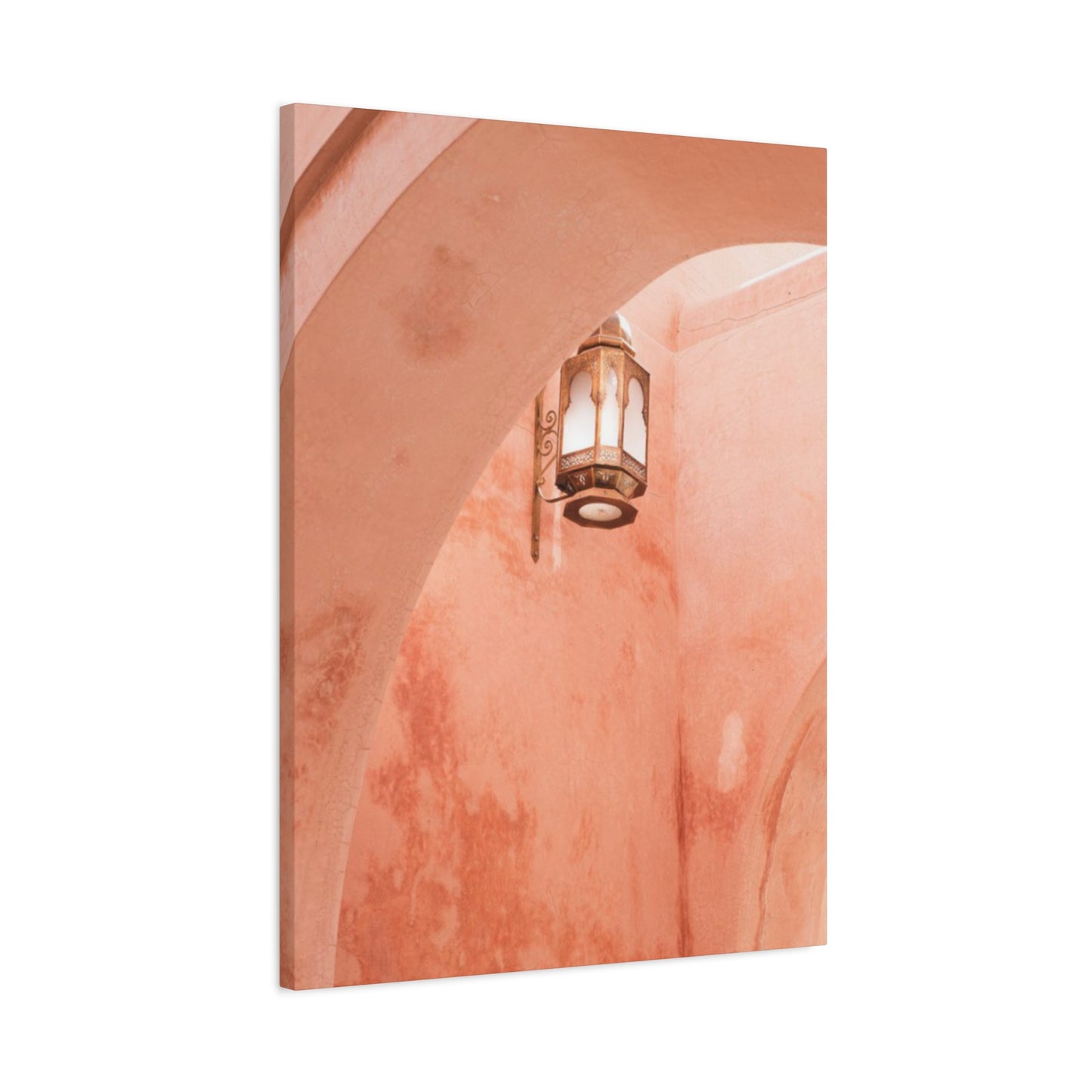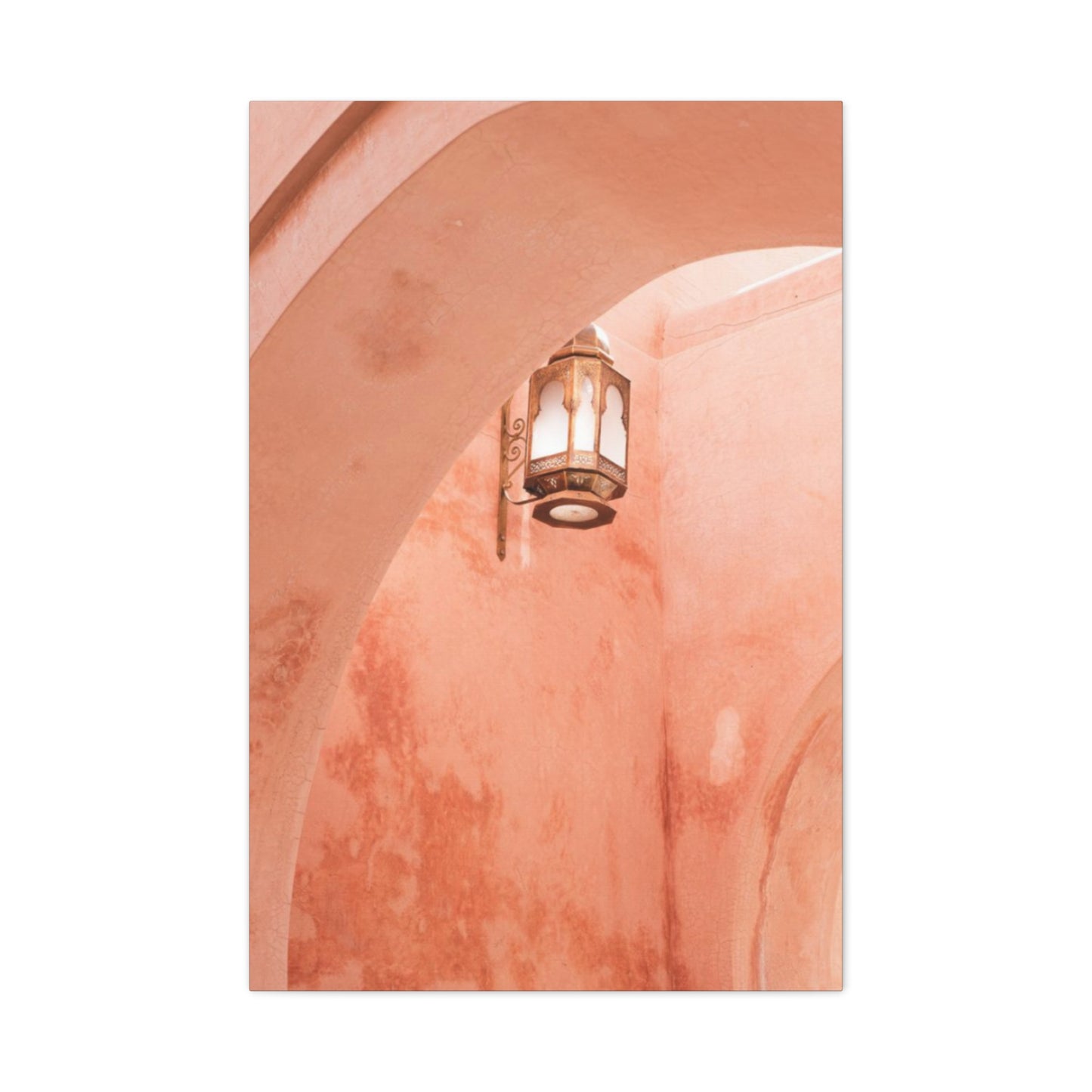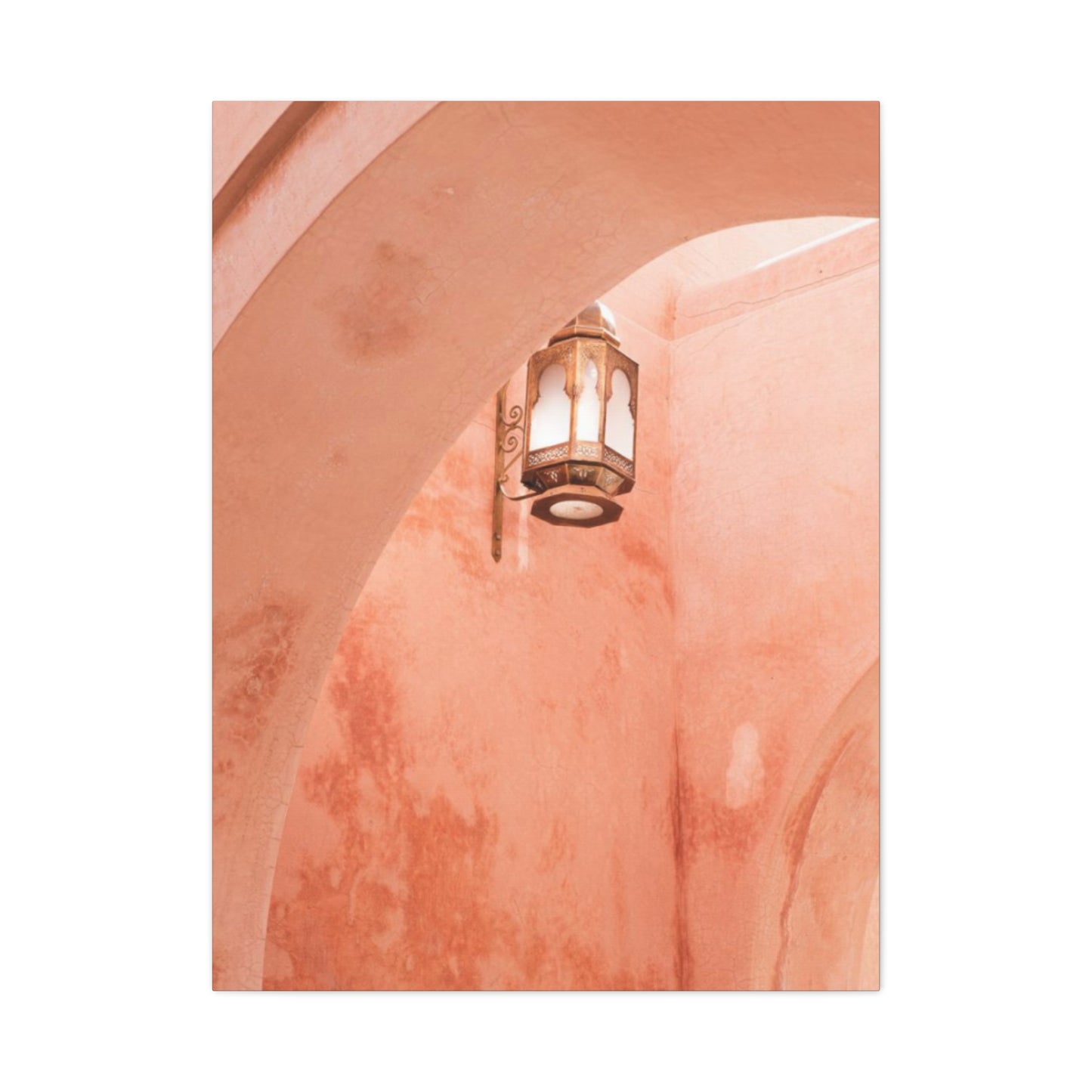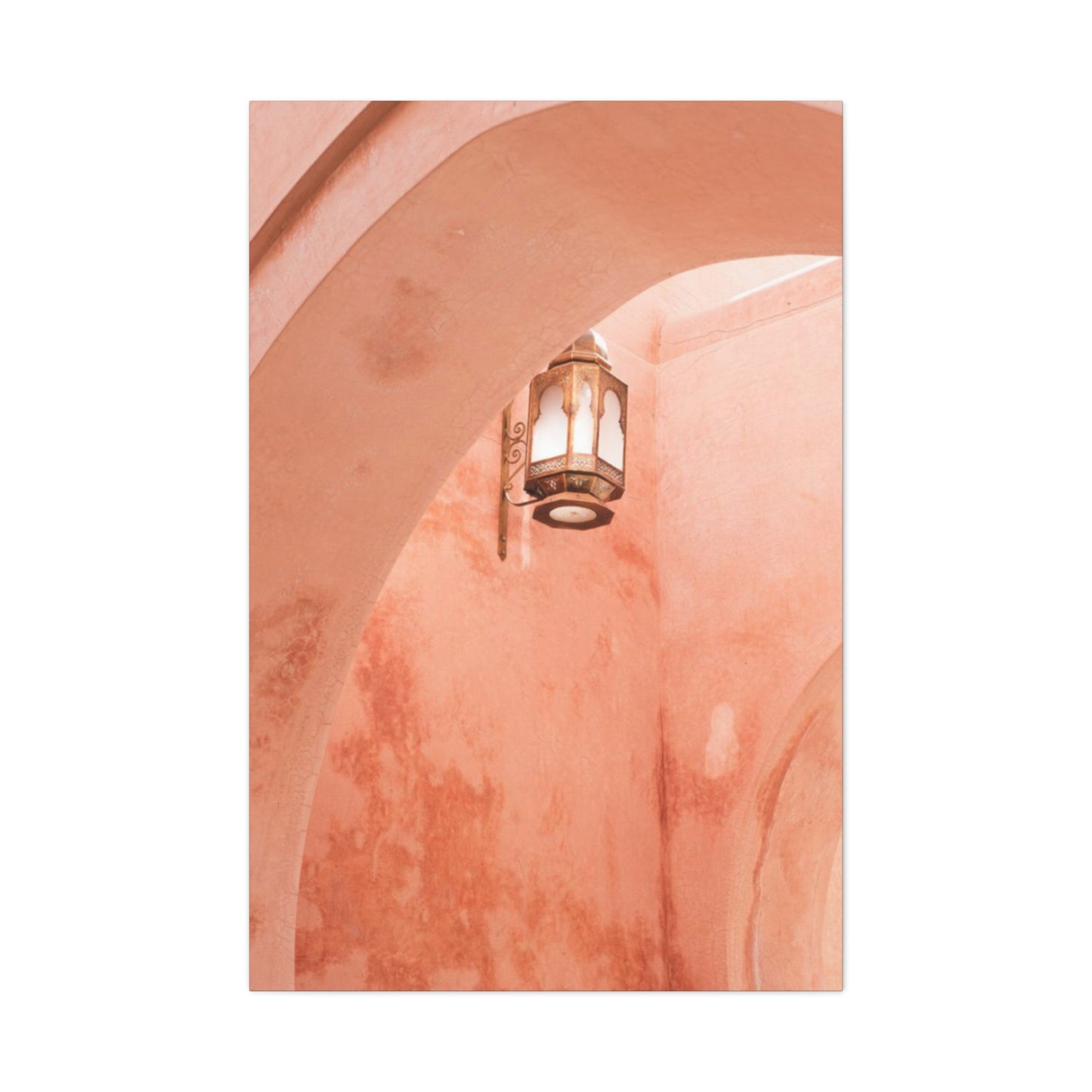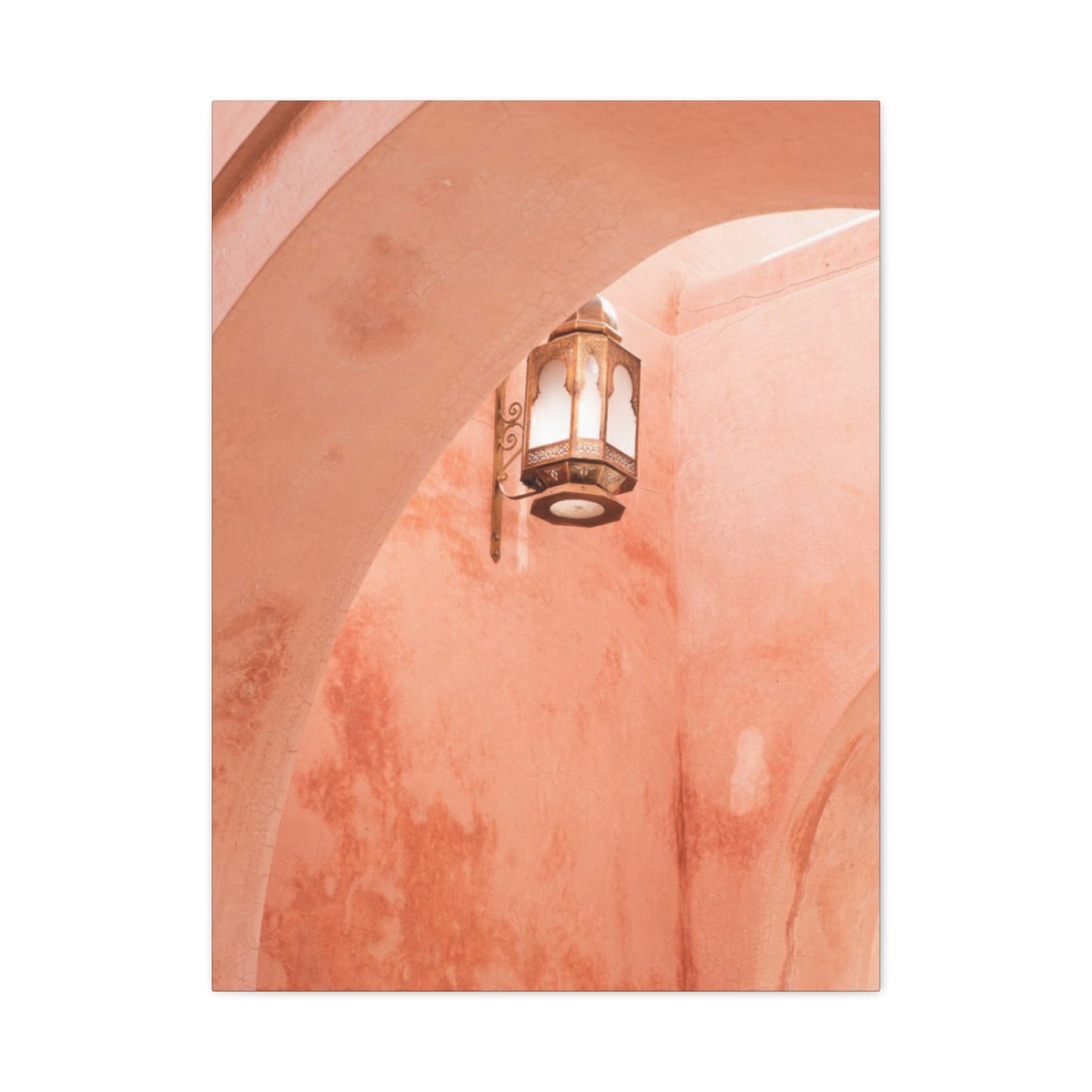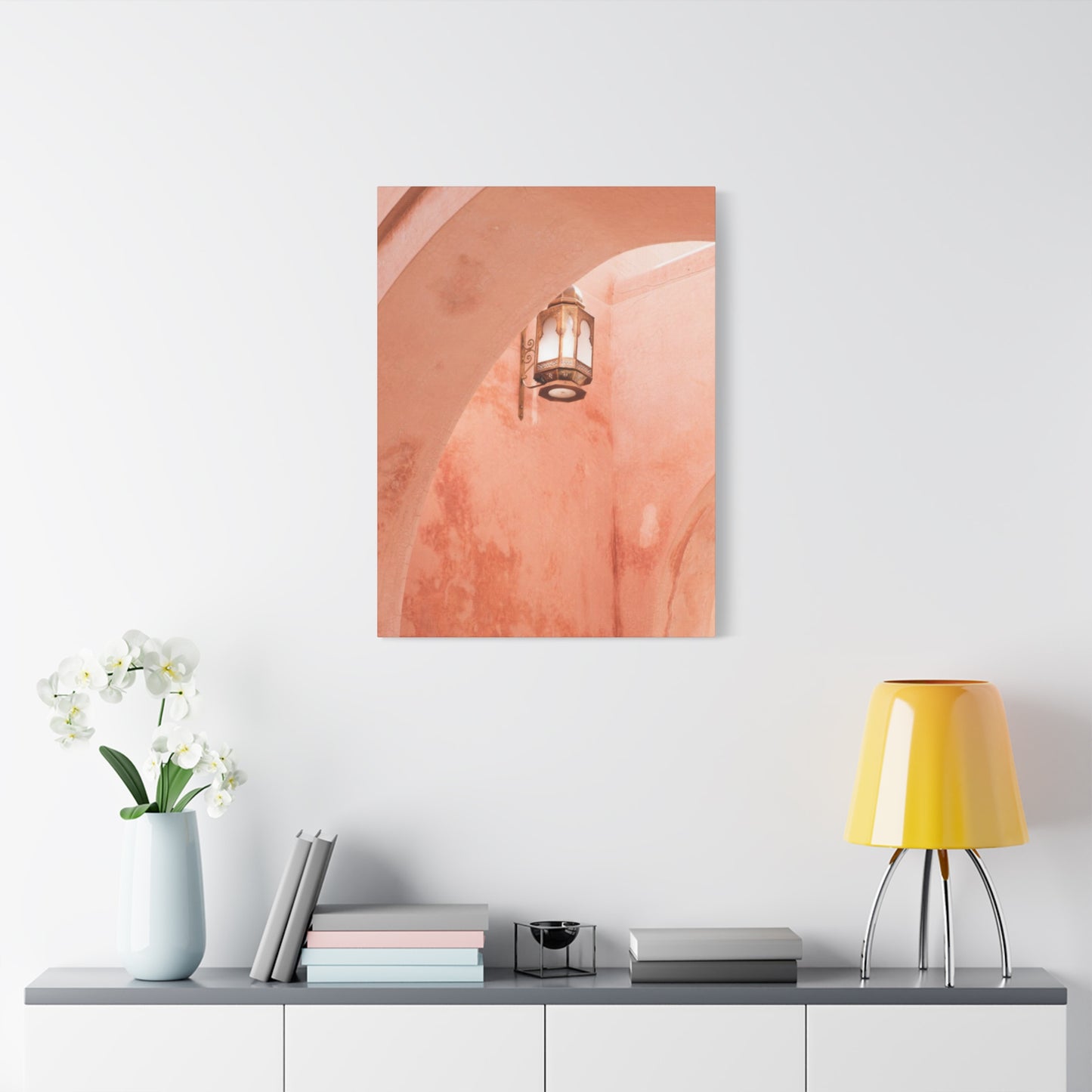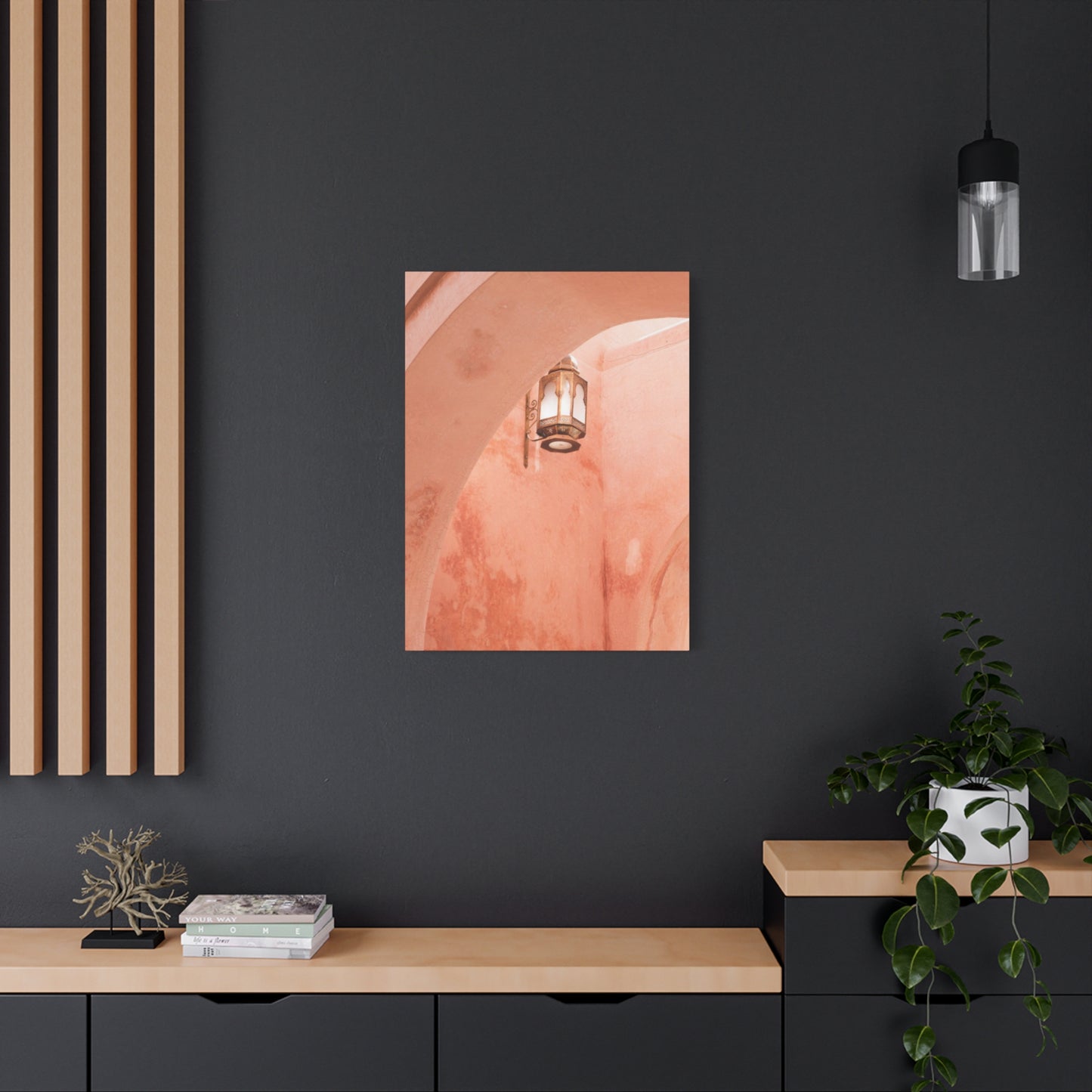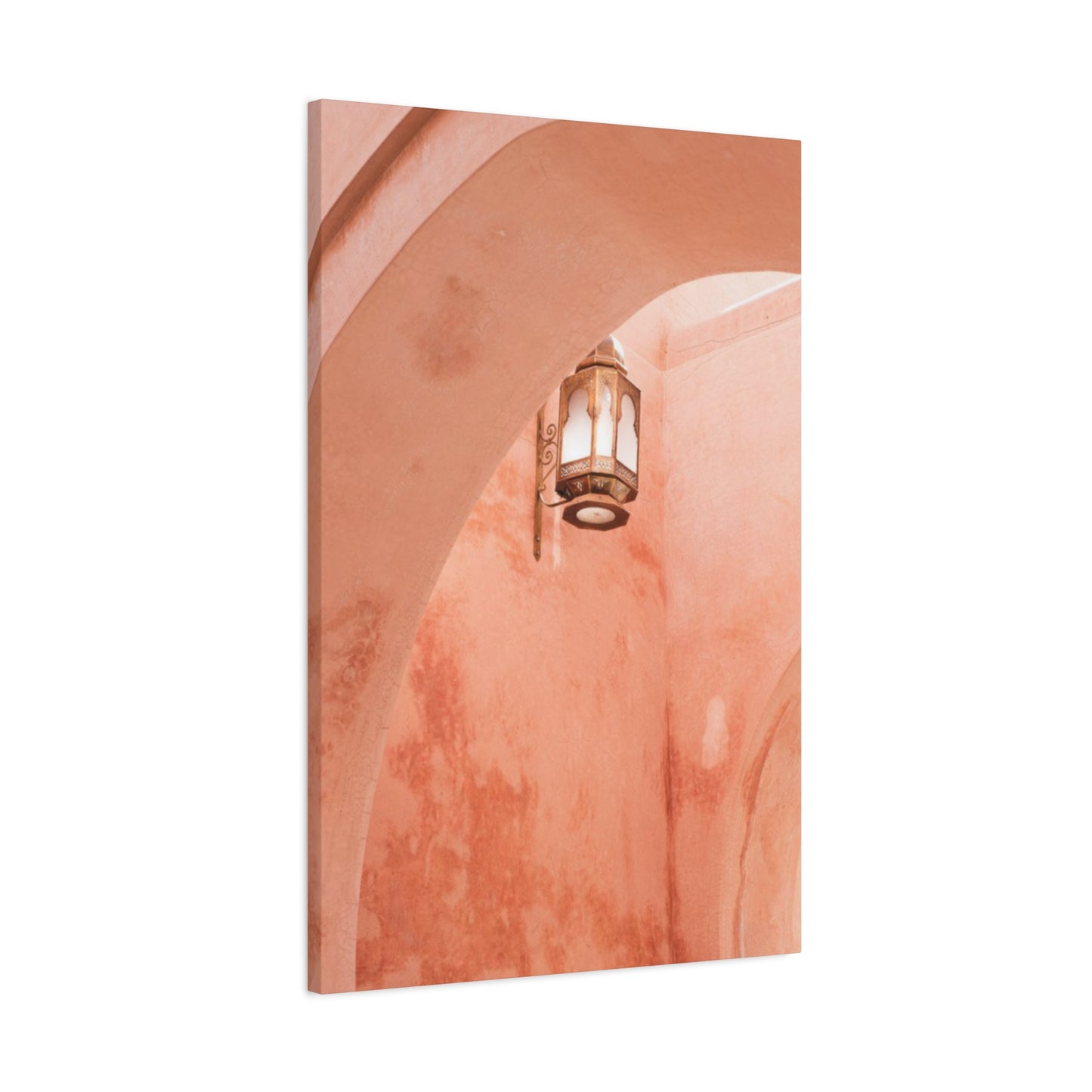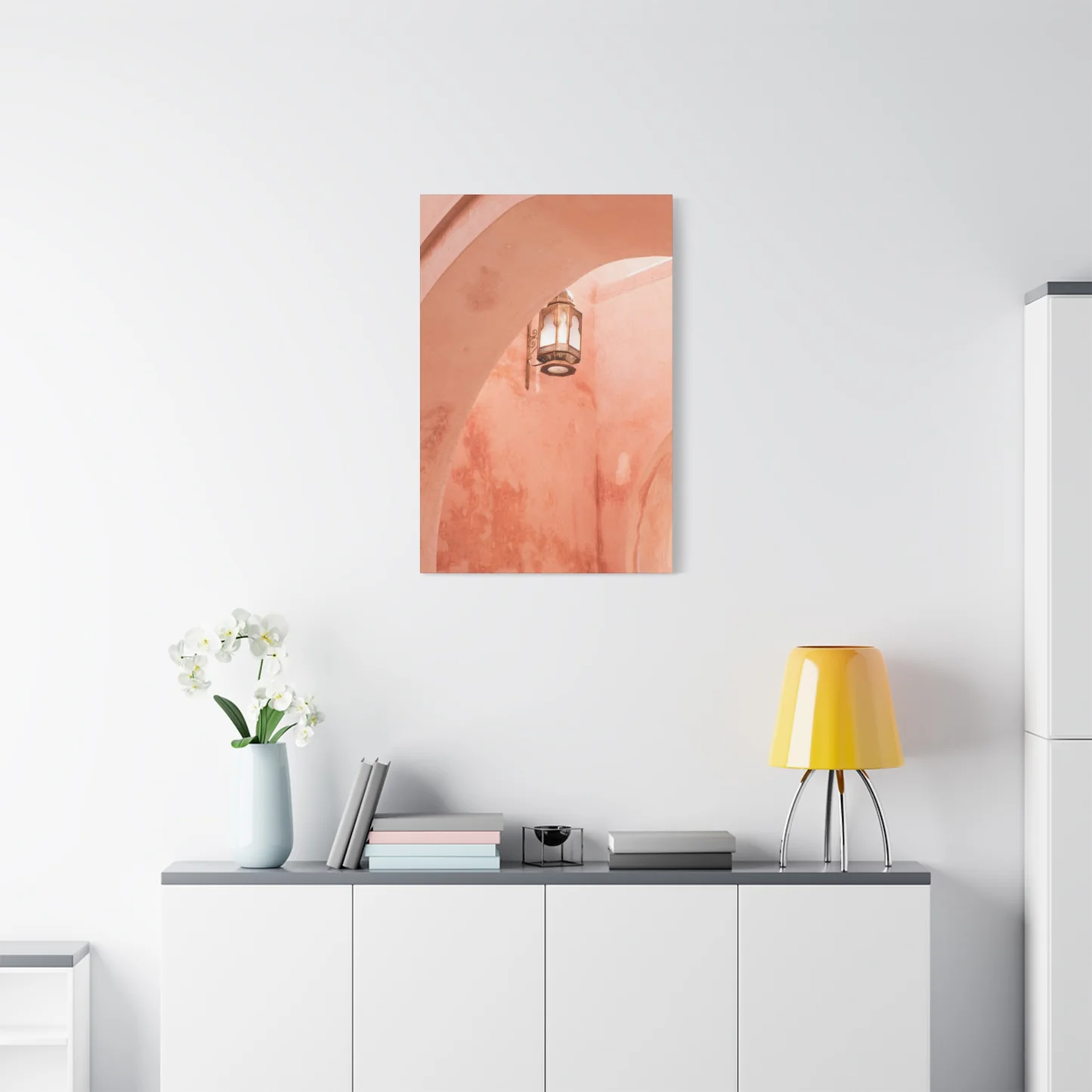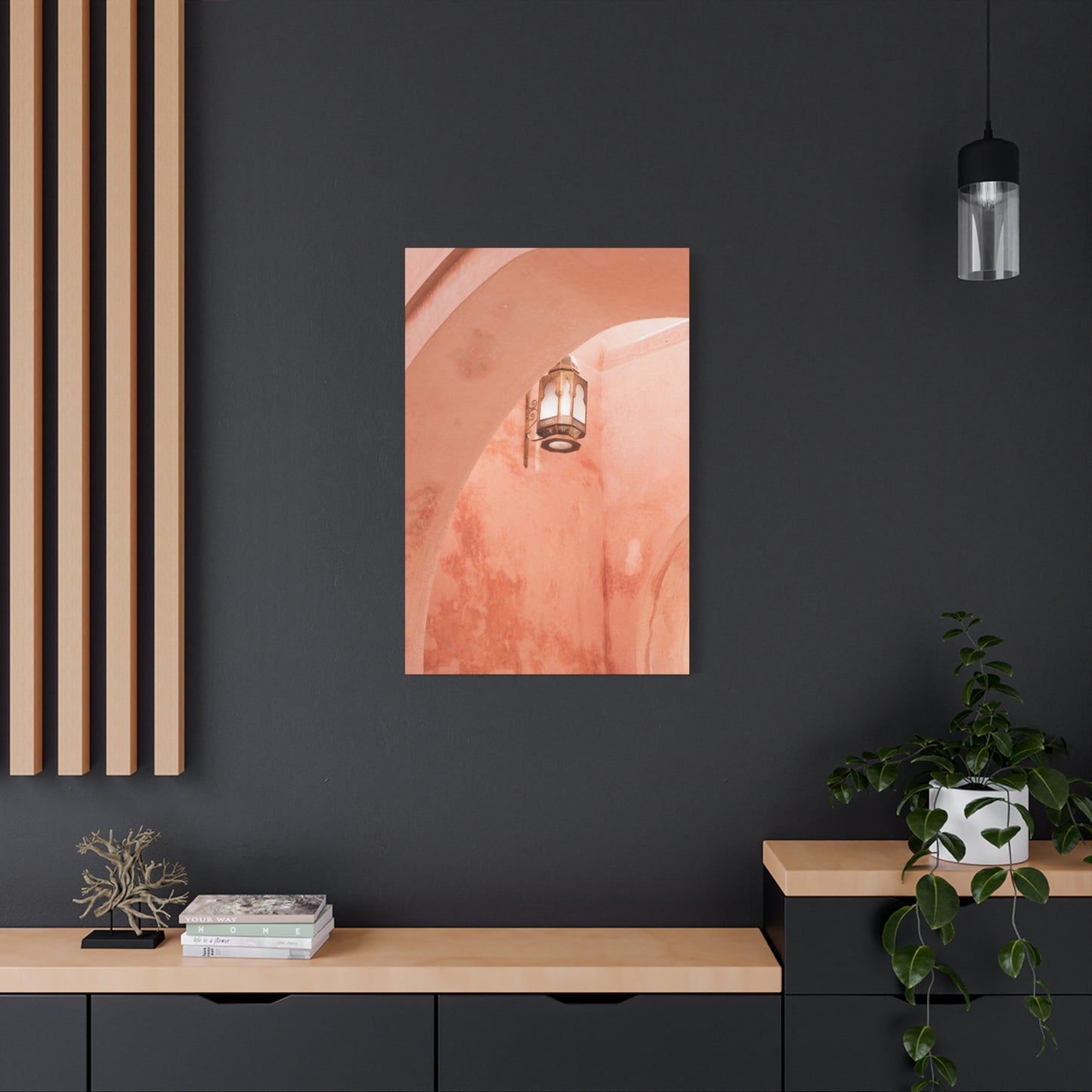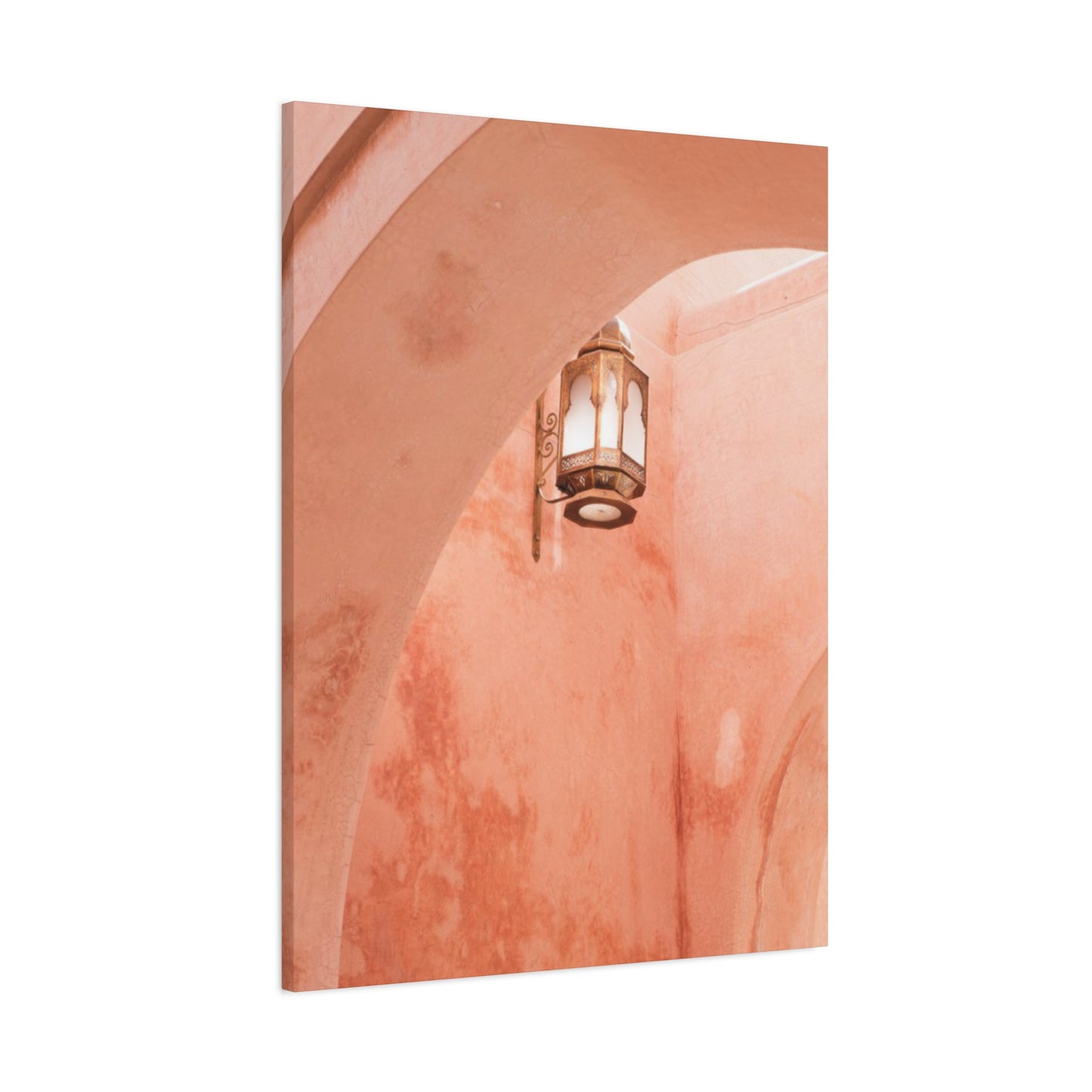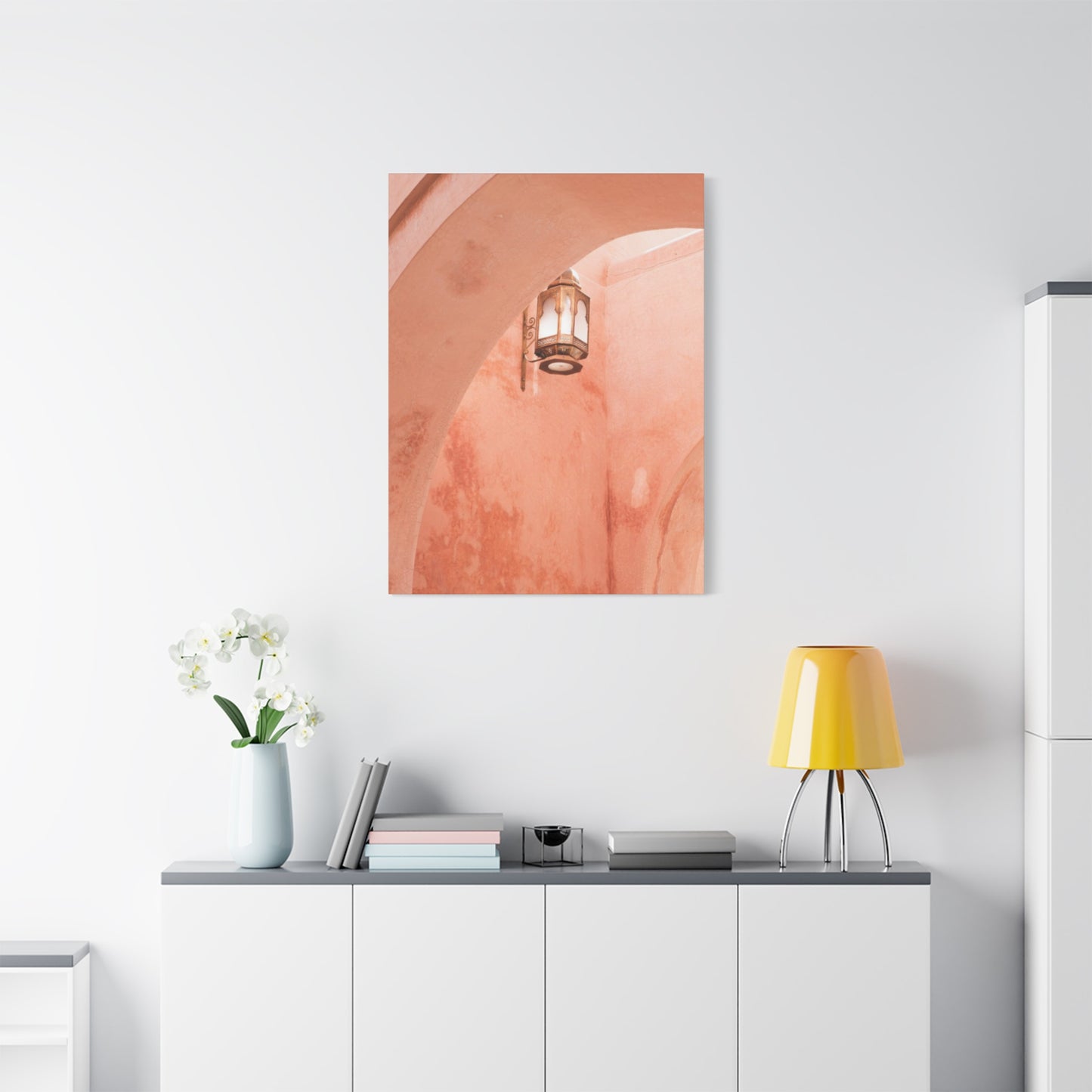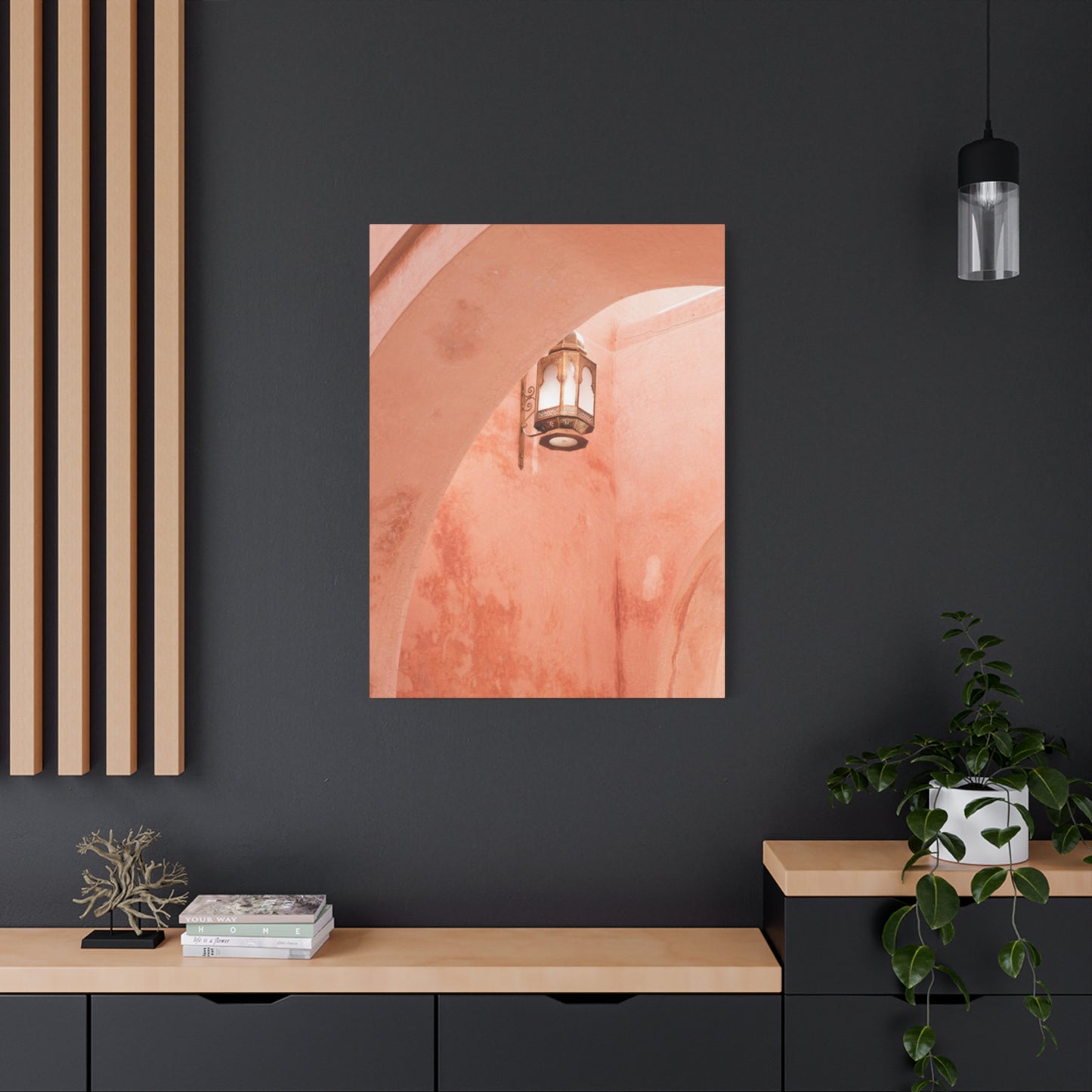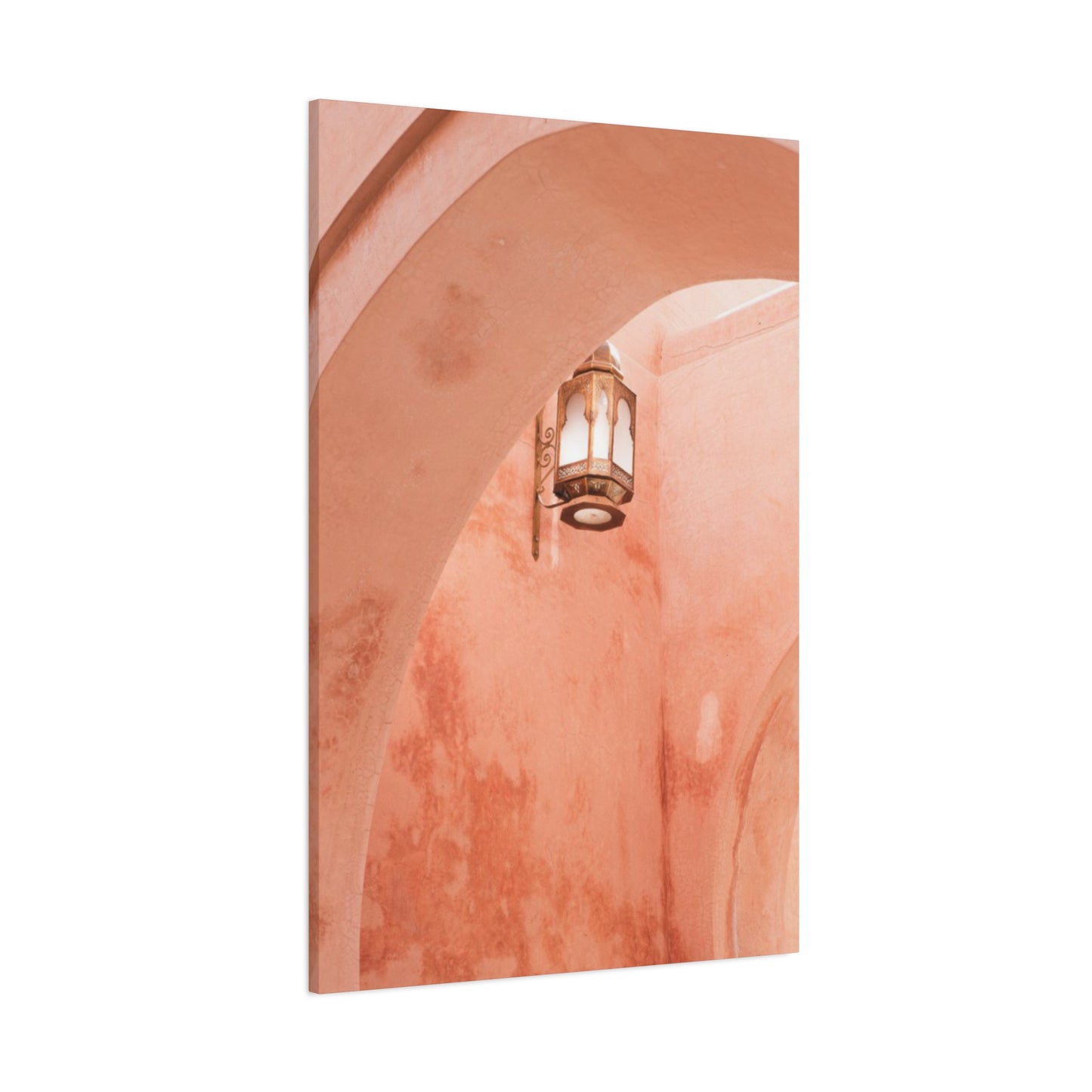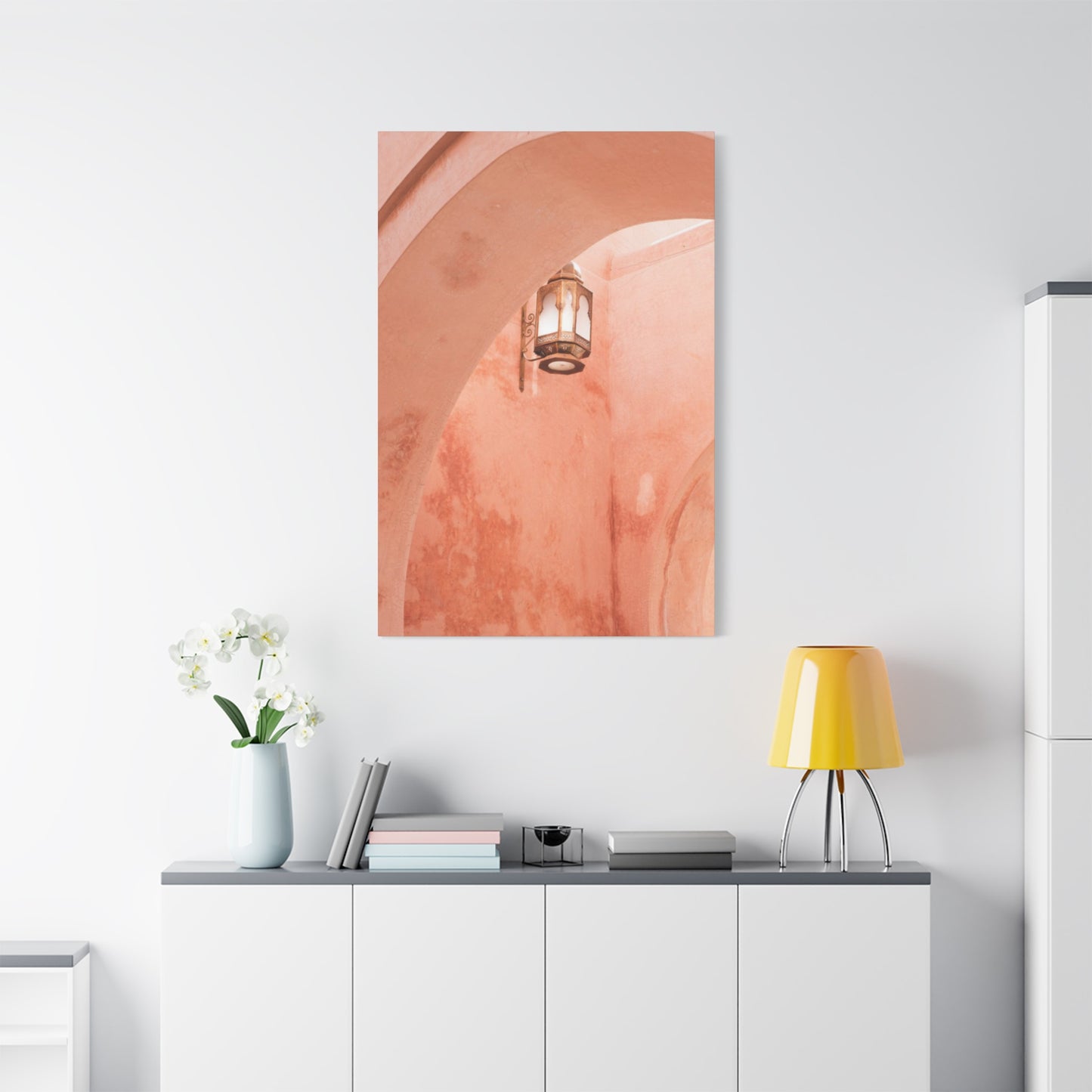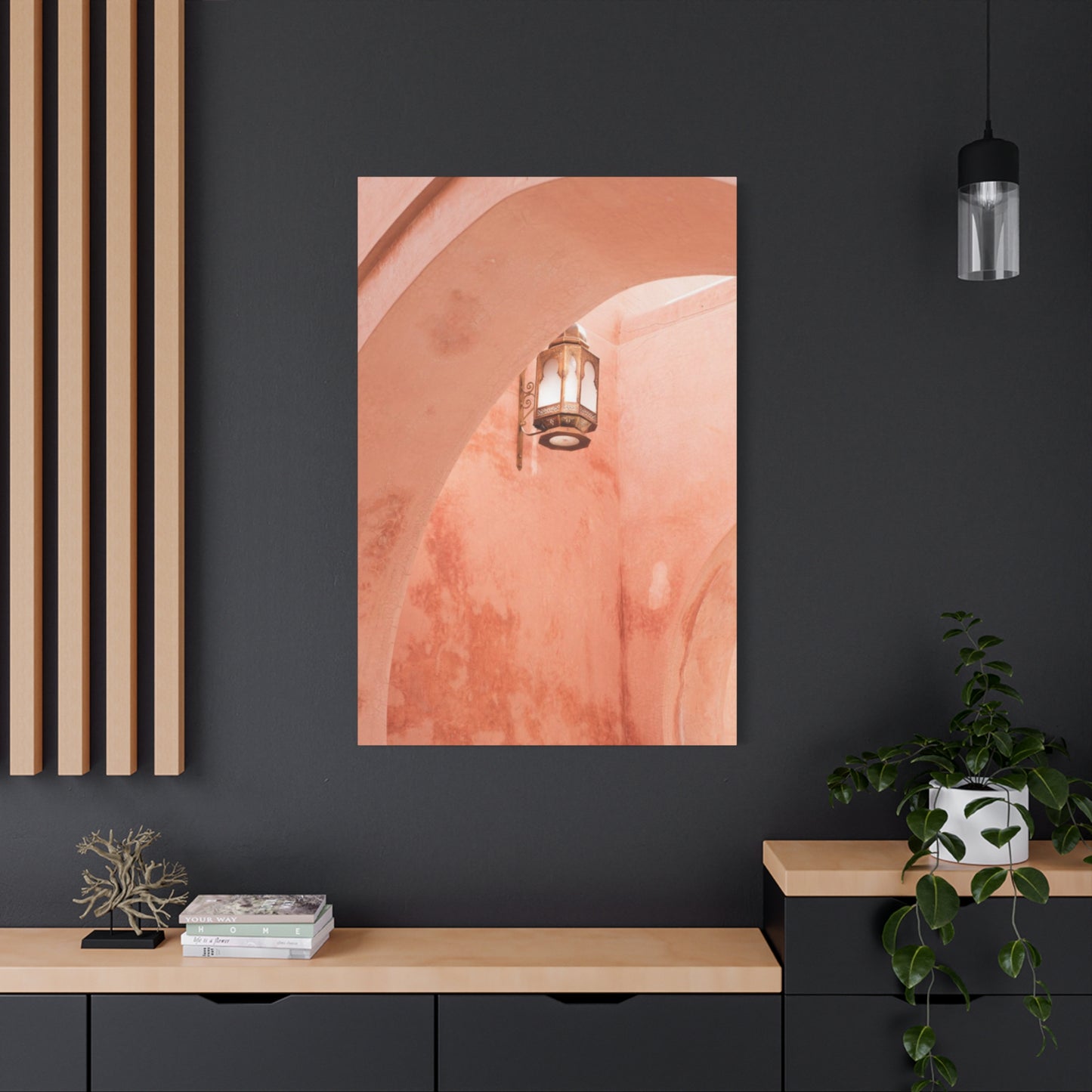Illuminate Your Space with the Timeless Beauty of Moroccan Lamp Wall Art
Moroccan lamps represent far more than mere lighting fixtures; they embody centuries of cultural heritage, artistic craftsmanship, and spiritual significance that have illuminated North African homes for generations. These magnificent creations serve as cultural ambassadors, carrying the essence of Moroccan traditions into contemporary homes worldwide. The intricate patterns, vibrant colors, and mesmerizing shadows cast by these lamps tell stories of ancient trade routes, skilled artisans, and the rich tapestry of Moroccan civilization.
The cultural significance of Moroccan lamps extends beyond their functional purpose, representing the intersection of Islamic geometric patterns, Berber tribal influences, and Mediterranean aesthetics. Each lamp carries within its design the wisdom of generations, with patterns that often hold spiritual meaning and geometric precision that reflects the mathematical sophistication of Islamic art. When translated into wall art form, these lamps become powerful symbols that connect modern living environments with the timeless beauty of Moroccan culture.
The craftsmanship behind traditional Moroccan lamps involves techniques passed down through families for centuries, with artisans dedicating years to master the intricate metalwork, glass cutting, and pattern creation that defines authentic Moroccan lighting. This dedication to excellence and attention to detail translates beautifully into wall art representations, where artists capture not just the visual appeal but the soul and spirit of these remarkable cultural artifacts.
Modern interpretations of Moroccan lamp wall art maintain this cultural integrity while adapting to contemporary aesthetic preferences and home decor trends. Artists and designers who create these pieces often spend considerable time studying traditional Moroccan craftsmanship, ensuring that their artistic representations honor the cultural significance while making these beautiful designs accessible to a global audience.
The symbolic nature of light in Moroccan culture adds another layer of meaning to lamp-inspired wall art. In Islamic tradition, light represents divine guidance, knowledge, and spiritual illumination, making Moroccan lamps not just decorative elements but spiritual symbols that bring positive energy into living environments. This spiritual dimension transforms wall art featuring Moroccan lamps into more than decoration – they become focal points for meditation, reflection, and cultural appreciation.
Achieving Moroccan Ambiance Through Luminous Wall Art Displays
Creating an authentic Moroccan atmosphere through wall art requires understanding the subtle interplay between light, shadow, pattern, and color that defines traditional Moroccan aesthetics. Lamp-inspired wall art serves as the perfect medium for achieving this ambiance, offering the visual impact of traditional Moroccan lighting without the practical limitations of actual fixtures. The key lies in selecting pieces that capture the essence of Moroccan lamplight – the warm, golden glow that filters through intricate metalwork and colored glass.
The strategic placement of Moroccan lamp wall art can dramatically alter the perceived atmosphere of any room, creating intimate corners that evoke the feeling of a traditional riad courtyard or the cozy interior of a Marrakech café. The interplay of geometric patterns, warm color palettes, and light-inspired imagery works together to create a sensory experience that transports viewers to the enchanting world of Moroccan hospitality and refinement.
Color selection plays a crucial role in achieving authentic Moroccan vibes through wall art. Traditional Moroccan lamps often feature rich jewel tones – deep blues reminiscent of Majorelle gardens, warm amber reflecting desert sunsets, emerald greens echoing oasis landscapes, and ruby reds symbolizing passion and energy. Wall art that incorporates these traditional color palettes while depicting lamp motifs creates an immediate visual connection to Moroccan aesthetics.
Texture and dimensionality in wall art pieces can enhance the Moroccan ambiance by mimicking the tactile qualities of traditional lamps. Artists often employ techniques that create the illusion of metalwork, embossed patterns, and the play of light through perforated surfaces. These textural elements add depth and authenticity to the visual experience, making the wall art feel more connected to the physical reality of traditional Moroccan craftsmanship.
The scale and proportion of lamp-inspired wall art pieces contribute significantly to the overall ambiance. Larger pieces can serve as dramatic focal points that command attention and establish the Moroccan theme, while smaller complementary pieces can be arranged to create rhythm and visual continuity throughout the room. The goal is to achieve a balanced composition that feels organic and harmonious rather than forced or artificial.
Lighting considerations become particularly important when displaying Moroccan lamp wall art, as the interplay between artificial lighting and the lamp imagery can create stunning layered effects. Strategic placement of accent lighting can enhance the perception of depth and bring the lamp motifs to life, creating the illusion that the depicted lamps are actually glowing and casting their own shadows.
Decorating Principles for Moroccan Lamp-Inspired Artistic Elements
The art of decorating with Moroccan lamp-inspired elements requires a deep appreciation for the aesthetic principles that govern traditional Moroccan design. These principles emphasize harmony, balance, repetition, and the careful orchestration of visual elements to create environments that are both stimulating and restful. When applying these principles to wall art selection and placement, the result is a cohesive decorative scheme that honors Moroccan traditions while serving contemporary lifestyle needs.
Symmetry and asymmetry work together in Moroccan design to create visual interest without overwhelming the senses. Wall art featuring lamp motifs can be arranged symmetrically around architectural features like fireplaces or doorways, or asymmetrically to create dynamic focal points that draw the eye through the room. The key is understanding when to use each approach to achieve the desired emotional and visual impact.
Pattern layering is fundamental to Moroccan aesthetics, with different geometric and organic patterns working together to create rich, complex visual textures. Wall art pieces featuring lamp designs can incorporate multiple pattern elements – the intricate metalwork patterns of the lamp structure, the geometric shadows cast by the light, and background patterns that suggest textile or architectural elements. This layering creates depth and visual richness that captures the complexity of traditional Moroccan environments.
The concept of visual rhythm in Moroccan design comes from the repetition and variation of decorative elements throughout a living environment. Lamp-inspired wall art can establish this rhythm through the repetition of similar motifs, colors, or compositional elements across multiple pieces. However, successful rhythm requires variation to prevent monotony – perhaps varying the size, color intensity, or specific lamp styles depicted in different pieces.
Proportion and scale relationships in Moroccan design reflect a sophisticated understanding of human psychology and spatial perception. Large-scale lamp wall art pieces can create intimate, enveloping environments reminiscent of traditional Moroccan interiors, while smaller pieces can add delicate detail and refinement. The key is achieving proportional relationships that feel natural and comfortable rather than forced or awkward.
Material and finish considerations play important roles in the overall decorative impact of lamp-inspired wall art. Traditional Moroccan lamps incorporate materials like brass, copper, silver, colored glass, and hand-painted ceramics. Wall art that references these materials through color choices, surface treatments, or artistic techniques creates stronger connections to authentic Moroccan aesthetics and enhances the overall decorative coherence.
Exotic Moroccan Lighting Motifs for Contemporary Wall Art
The translation of traditional Moroccan lighting motifs into contemporary wall art represents a fascinating intersection of historical craftsmanship and modern artistic expression. These exotic motifs carry within them the mysteries of ancient trade routes, the mathematical precision of Islamic geometric art, and the sensual appeal of North African aesthetics. Contemporary artists who work with these themes face the challenge of maintaining authenticity while creating pieces that resonate with modern sensibilities and fit seamlessly into contemporary living environments.
Star and geometric patterns form the backbone of traditional Moroccan lamp design, with eight-pointed stars, hexagonal forms, and intricate interlacing patterns creating mesmerizing visual effects when light passes through perforated metal surfaces. Wall art interpretations of these motifs can capture this geometric sophistication through careful attention to proportion, symmetry, and the interplay between positive and negative visual elements. The result is artwork that maintains the mathematical beauty of traditional designs while offering the flexibility of two-dimensional artistic expression.
Calligraphic elements often appear in traditional Moroccan lamps, incorporating Arabic script as both decorative element and spiritual expression. Contemporary wall art can reference these calligraphic traditions through abstract forms that suggest script without necessarily being literal translations. This approach allows non-Arabic speaking audiences to appreciate the aesthetic beauty of Islamic calligraphy while respecting its cultural and religious significance.
Floral and organic motifs in Moroccan lamp design draw inspiration from the natural world, incorporating stylized representations of flowers, vines, leaves, and trees. These organic elements provide visual relief from the geometric precision of other design elements and connect the artificial light source to the natural world. Wall art interpretations of these motifs can emphasize the flowing, organic qualities that balance the more structured geometric elements.
Color gradations and transitions in traditional Moroccan lamps create stunning visual effects as light passes through colored glass and casts jewel-toned shadows on surrounding surfaces. Contemporary wall art can capture these color effects through careful attention to hue relationships, transparency effects, and the suggestion of light transmission. Artists might use glazes, layered pigments, or digital techniques to recreate the magical color experiences associated with traditional Moroccan lighting.
The concept of light and shadow as design elements becomes particularly relevant when creating wall art inspired by Moroccan lamps. Traditional lamps are designed to cast specific shadow patterns that become part of the overall decorative effect. Wall art can incorporate these shadow elements as integral parts of the composition, creating pieces that suggest the presence of light even when no actual illumination is involved.
Enhancing Living Environments with Moroccan Lamp Artistic Elements
The strategic incorporation of Moroccan lamp artistic elements into living environments requires careful consideration of how these pieces will interact with existing architectural features, furniture arrangements, and lifestyle patterns. Successfully integrated lamp-inspired wall art becomes more than decoration – it transforms the character and atmosphere of living environments, creating focal points for social interaction, quiet contemplation, and cultural appreciation.
Room function and lamp art selection should work together to enhance the intended use of each area. In living rooms designed for entertainment and social interaction, larger, more dramatic lamp-inspired pieces can serve as conversation starters and establish a welcoming, exotic atmosphere. Bedroom environments might benefit from more subtle, intimate lamp motifs that promote relaxation and peaceful rest. Home offices can incorporate lamp wall art that provides visual interest without being distracting, perhaps focusing on the geometric and mathematical aspects of traditional lamp design.
Architectural integration involves considering how lamp-inspired wall art will relate to existing architectural features like windows, doorways, built-in shelving, and ceiling height. Pieces that complement and enhance these features create more cohesive, professionally designed appearances. For example, vertical lamp motifs might emphasize high ceilings, while horizontal arrangements can make wide walls feel more proportioned and intimate.
Furniture and lamp art coordination ensures that wall-mounted pieces work harmoniously with seating arrangements, tables, and other functional elements. The goal is creating visual conversations between different design elements rather than competition for attention. Lamp wall art can echo colors, patterns, or materials found in furniture pieces, creating subtle connections that enhance overall design coherence.
Lifestyle compatibility becomes important when selecting and placing lamp-inspired wall art. Families with young children might prefer pieces mounted higher on walls, while art collectors might choose pieces that work well with existing collections. Pet owners need to consider placement that protects both artwork and animals, while frequent entertainers might prioritize pieces that create appealing backgrounds for photography and social media sharing.
Maintenance and longevity considerations affect both the selection of lamp wall art pieces and their placement within living environments. Pieces exposed to direct sunlight, humidity, or temperature fluctuations may require special protection or more frequent care. Understanding these practical requirements helps ensure that beautiful lamp-inspired art continues to enhance living environments for years to come.
Mystical Qualities of Moroccan Lighting in Artistic Representation
The mystical dimension of Moroccan lighting extends far beyond mere illumination, touching on spiritual, psychological, and emotional aspects of human experience that have been recognized and cultivated for centuries. Traditional Moroccan lamps are designed not just to provide light but to create transformative experiences that alter perception, mood, and consciousness. When these mystical qualities are captured in wall art form, they bring these profound effects into contemporary living environments without requiring actual lighting installation.
Sacred geometry in Moroccan lamp design connects viewers to universal patterns and mathematical relationships that appear throughout nature and traditional spiritual practices. The eight-pointed star, for example, represents renewal, regeneration, and the connection between earthly and divine realms. Wall art that incorporates these sacred geometric elements can serve as focal points for meditation, contemplation, and spiritual practice, bringing ancient wisdom into modern homes.
Light symbolism in Islamic and Moroccan culture associates illumination with divine guidance, knowledge, and spiritual awakening. Wall art depicting lamp motifs carries this symbolic weight, creating pieces that function as visual reminders of higher aspirations and spiritual goals. These associations can make lamp-inspired art particularly meaningful for individuals seeking to create environments that support personal growth and spiritual development.
Color psychology in traditional Moroccan lamp design recognizes the profound effects that different hues have on human emotion and consciousness. Deep blues promote tranquility and reflection, warm golds encourage optimism and energy, rich reds stimulate passion and creativity, and emerald greens foster balance and harmony. Wall art that thoughtfully incorporates these color relationships can actively influence the emotional atmosphere of living environments.
Pattern repetition and variation in Moroccan design create meditative effects similar to those found in traditional Islamic prayer and meditation practices. The repetitive yet varied geometric patterns found in lamp designs can induce states of calm focus and mental clarity when contemplated over time. Wall art that successfully captures these pattern relationships offers viewers opportunities for stress reduction and mental centering without requiring formal meditation training.
The interplay of light and shadow in traditional Moroccan lamps creates constantly changing visual experiences that prevent visual monotony and maintain engagement over time. Wall art interpretations can suggest these dynamic qualities through compositional techniques that create visual movement and change as viewers move or lighting conditions shift throughout the day.
Artistic Techniques for Moroccan Lamp-Inspired Wall Decorations
Creating compelling wall decorations inspired by Moroccan lamps requires mastery of various artistic techniques that can capture the essential qualities of these magnificent lighting fixtures while adapting them to two-dimensional artistic expression. The most successful pieces manage to convey the three-dimensional quality, material richness, and luminous effects of traditional lamps through skillful application of color, composition, and artistic technique.
Metalwork simulation in painted or printed wall art requires understanding how light interacts with different metal surfaces – the warm glow of brass, the cool sheen of silver, the rich patina of aged copper. Artists often employ techniques like glazing, dry brushing, and careful attention to highlight and shadow placement to create convincing metallic effects. Digital artists can achieve similar results through the careful application of gradients, texture overlays, and strategic use of metallic color palettes.
Glass effects and transparency representation challenge artists to suggest the magical quality of light passing through colored glass while working in opaque media. Traditional painting techniques like scumbling and glazing can create luminous, transparent effects, while contemporary artists might use layered transparent materials or digital techniques to achieve similar results. The key is understanding how colored glass affects both the light passing through it and the light reflecting from its surface.
Pattern creation and geometric precision require both mathematical understanding and artistic skill. Traditional Moroccan patterns follow strict geometric rules and proportional relationships that must be maintained to preserve their visual impact and cultural authenticity. Artists working with these patterns often create detailed preliminary drawings or use digital tools to ensure accuracy while maintaining the flowing, organic quality that prevents geometric patterns from feeling mechanical or cold.
Texture development in lamp-inspired wall art can suggest the tactile qualities of traditional materials – the roughness of hammered metal, the smoothness of polished brass, the irregularities of hand-blown glass. Various artistic techniques can create these textural suggestions, from traditional impasto and scumbling to contemporary mixed-media approaches that incorporate actual textural materials.
Color blending and gradation techniques become crucial when attempting to capture the complex color interactions found in traditional Moroccan lamps. Light passing through multiple layers of colored glass creates subtle color mixtures and gradations that require sophisticated color handling to reproduce effectively. Understanding color theory and the optical effects of color interaction helps artists create more convincing and visually appealing lamp-inspired artwork.
Creating Intimate Environments with Moroccan Lamp Art
The power of Moroccan lamp art to create intimate, welcoming environments stems from its ability to suggest warmth, enclosure, and personal connection even when depicted in two-dimensional form. Traditional Moroccan lamps are specifically designed to create cozy gathering spaces that encourage conversation, relaxation, and social bonding. Wall art that captures these qualities can transform large, impersonal rooms into intimate retreats that invite lingering and contemplation.
Scale manipulation in wall art allows artists to create intimate environments regardless of actual room size. Large-scale lamp imagery can make spacious rooms feel more cozy and enclosed, while carefully proportioned smaller pieces can add intimacy to compact areas without overwhelming them. The key is understanding how scale affects psychological perception of environmental intimacy and comfort.
Color temperature effects play crucial roles in creating intimate atmospheres through lamp-inspired wall art. Warm color palettes – golds, ambers, deep reds, and rich browns – naturally create feelings of comfort and enclosure reminiscent of traditional Moroccan lamp lighting. These warm colors can make rooms feel more intimate and welcoming, encouraging occupants to relax and settle in for extended periods.
Visual focal points created by strategically placed lamp wall art can establish intimate conversation areas or quiet retreat corners within larger rooms. By drawing attention to specific areas and creating visual boundaries, these artistic focal points help define intimate zones that serve different functional and emotional needs within multipurpose living environments.
Layering and depth effects in lamp wall art can create the illusion of architectural intimacy – the sense of being surrounded by protective, enveloping structures. Artists can achieve these effects through careful attention to overlapping forms, atmospheric perspective, and the suggestion of multiple spatial layers. The result is artwork that creates psychological intimacy even in physically open environments.
Pattern and rhythm in lamp-inspired wall art can establish visual continuity that unifies intimate environments and creates sense of enclosure and coherence. Repeated motifs, color echoes, and compositional relationships between multiple pieces help create the visual consistency that makes environments feel cohesive and personally meaningful.
Fusion of Light and Design in Moroccan Lamp Wall Art
The successful fusion of light and design elements in Moroccan lamp wall art requires understanding how these two fundamental aspects work together to create compelling visual experiences. Traditional Moroccan lamps demonstrate masterful integration of functional lighting needs with aesthetic expression, creating objects that serve practical purposes while functioning as beautiful decorative elements. Wall art interpretations face the challenge of suggesting this integration without the benefit of actual illumination.
Compositional balance between lamp structure and light effects requires careful attention to visual weight and distribution. The physical form of the lamp – its metal framework, glass panels, and decorative elements – must be balanced against the suggested effects of the light it would produce. Too much emphasis on structural elements can make pieces feel heavy and static, while overemphasis on light effects can result in compositions that lack substance and grounding.
Material representation and light interaction involves understanding how different materials respond to and modify light. Brass surfaces create warm reflections and golden color casts, while silver produces cooler, more neutral effects. Colored glass filters and transforms light, creating jewel-like color saturations. Wall art must suggest these material-light interactions through color choices, surface treatments, and artistic techniques that convince viewers of their reality.
Shadow integration as design element recognizes that traditional Moroccan lamps create beauty through both the light they produce and the shadows they cast. These shadows often feature intricate geometric patterns that become part of the overall decorative scheme. Wall art can incorporate shadow elements as integral compositional components, creating pieces that suggest the complete lighting experience rather than just the lamp structure itself.
Dimensional illusion in two-dimensional art becomes particularly important when depicting three-dimensional objects like lamps. Artists must create convincing suggestions of volume, depth, and spatial relationships while working on flat surfaces. Techniques like atmospheric perspective, overlapping forms, and careful attention to light and shadow modeling help create these dimensional illusions.
Color harmony and light suggestion work together to create believable lighting effects in wall art. Understanding how different light sources affect color perception helps artists choose color palettes that suggest specific lighting conditions and moods. Warm light sources shift colors toward the yellow-orange spectrum, while cooler light creates bluish color casts. Successful lamp wall art incorporates these color temperature effects to enhance the illusion of actual illumination.
Celebrating Moroccan Heritage Through Light-Inspired Art
Using light-inspired art to celebrate Moroccan heritage involves more than simply depicting traditional lamp designs – it requires understanding and conveying the cultural, historical, and spiritual significance that these objects hold within Moroccan society. This deeper approach to lamp-inspired wall art creates pieces that serve as cultural bridges, connecting contemporary viewers with the rich traditions and wisdom of Moroccan civilization while honoring the artisans and communities that created and maintained these traditions.
Historical context and cultural significance must inform artistic interpretation of Moroccan lamp motifs to ensure respectful and accurate cultural representation. Traditional lamp designs evolved over centuries, incorporating influences from Arab, Berber, Spanish, and other Mediterranean cultures that shaped Moroccan civilization. Understanding this historical complexity helps artists create more authentic and culturally sensitive interpretations that honor the source traditions.
Craftsmanship appreciation in lamp-inspired wall art can highlight the skill, dedication, and artistic vision of traditional Moroccan artisans. By carefully depicting the intricate details, precise geometric patterns, and sophisticated material handling found in traditional lamps, contemporary artists can create awareness and appreciation for these remarkable craft traditions while encouraging their continued preservation and development.
Spiritual and symbolic dimensions of traditional Moroccan lamps deserve recognition and respectful interpretation in contemporary wall art. Many lamp designs incorporate religious and spiritual symbolism that holds deep meaning for Moroccan communities. Artists creating lamp-inspired work should research and understand these symbolic elements to ensure appropriate and respectful treatment in their artistic interpretations.
Contemporary relevance and cultural bridge-building involve connecting traditional Moroccan lamp aesthetics with contemporary design needs and lifestyle preferences. This approach makes Moroccan cultural heritage accessible and appealing to diverse international audiences while maintaining cultural authenticity and respect. The goal is creating appreciation for Moroccan traditions while demonstrating their continued relevance and beauty.
Educational opportunities through lamp-inspired art can introduce viewers to broader aspects of Moroccan culture, history, and artistic traditions. Wall art pieces that successfully capture the essence of traditional lamps can serve as starting points for deeper cultural exploration and appreciation, encouraging viewers to learn more about Morocco's rich cultural heritage and contemporary artistic development.
Alluring Characteristics of Moroccan Lamp Wall Art
The enduring allure of Moroccan lamp wall art stems from its unique combination of visual beauty, cultural richness, and emotional impact that appeals to diverse audiences across cultural boundaries. These characteristics work together to create artistic expressions that are simultaneously exotic and familiar, complex and accessible, traditional and contemporary. Understanding these alluring qualities helps explain why Moroccan lamp motifs continue to fascinate and inspire artists, designers, and art enthusiasts worldwide.
Visual complexity and simplicity exist in perfect balance within traditional Moroccan lamp design, creating objects that reward both casual observation and detailed study. Wall art that captures this balance offers viewers immediate visual pleasure while providing enough complexity to sustain long-term interest and discovery. This quality makes lamp-inspired art particularly suitable for residential environments where people interact with artworks on a daily basis over extended periods.
Exotic familiarity in Moroccan lamp aesthetics creates appeal that transcends cultural boundaries. While the specific motifs and patterns may be unfamiliar to non-Moroccan viewers, the underlying principles of geometric harmony, warm color relationships, and light-shadow interplay resonate with universal aesthetic preferences. This quality allows lamp-inspired wall art to feel both sophisticated and accessible to diverse audiences.
Material richness suggested in well-executed lamp wall art creates sensual appeal that engages viewers on multiple levels. The suggestion of precious metals, colored glass, and fine craftsmanship appeals to tactile imagination and creates associations with luxury, quality, and artistic sophistication. These associations enhance the perceived value and desirability of lamp-inspired artwork.
Cultural mystery and authenticity surrounding Moroccan lamp traditions add layers of fascination and intrigue to artistic interpretations. Many viewers are drawn to the sense of ancient wisdom, exotic travel destinations, and cultural traditions that lamp motifs suggest. This cultural dimension adds depth and meaning to purely aesthetic appreciation, creating more engaging and memorable artistic experiences.
Versatility and adaptability in lamp-inspired wall art allow these motifs to work successfully in various decorative contexts and architectural settings. The same basic design elements can be interpreted in different scales, color schemes, and artistic styles to suit different aesthetic preferences and functional requirements. This adaptability ensures broad appeal and practical usefulness in contemporary living environments.
Pattern Complexity and Color Richness in Moroccan Lamp Art
The sophisticated interplay of pattern complexity and color richness in traditional Moroccan lamps creates visual experiences that are both harmonious and stimulating, offering endless opportunities for artistic exploration and interpretation. These qualities represent centuries of aesthetic refinement and cultural development, resulting in design approaches that maximize visual impact while maintaining psychological comfort and spiritual significance. Wall art that successfully captures these qualities can bring similar aesthetic richness into contemporary living environments.
Geometric pattern systems in Moroccan design follow mathematical principles that create visual harmony even within complex compositions. These systems allow multiple pattern elements to coexist without visual conflict, creating rich tapestries of design that remain coherent and beautiful. Wall art interpretations must understand and respect these underlying systems to achieve similar harmonious effects while adapting patterns to two-dimensional artistic expression.
Color relationship sophistication in traditional Moroccan lamps demonstrates deep understanding of color psychology and optical effects. Traditional color combinations create specific emotional responses and visual experiences that have been refined over centuries of artistic development. Contemporary artists working with lamp motifs can benefit from understanding these traditional color relationships while adapting them to modern pigments and printing technologies.
Pattern scale relationships create visual rhythm and hierarchy that guide viewer attention while preventing visual chaos. Large-scale patterns establish overall composition and movement, medium-scale patterns provide detail and interest, and small-scale patterns add richness and refinement. Wall art that successfully incorporates multiple pattern scales creates more engaging and visually sophisticated results than single-scale approaches.
Cultural authenticity in pattern and color usage requires research and understanding of traditional Moroccan design principles and symbolic meanings. Many patterns carry specific cultural or religious significance that should be respected and appropriately represented in contemporary artistic interpretations. This cultural sensitivity ensures that lamp-inspired wall art honors its source traditions while serving contemporary aesthetic needs.
Contemporary adaptation and innovation allow artists to explore new interpretations of traditional pattern and color relationships while maintaining cultural respect and aesthetic integrity. Modern materials, techniques, and technologies offer new possibilities for expressing traditional concepts in contemporary forms, creating evolutionary development rather than mere reproduction of historical designs.
Incorporating Moroccan Lamp Art into Contemporary Home Environments
Successfully incorporating Moroccan lamp art into contemporary home environments requires thoughtful consideration of how traditional Middle Eastern and North African aesthetics can complement and enhance modern living styles without creating cultural incongruity or decorative conflict. The key lies in understanding the underlying aesthetic principles that make Moroccan design appealing while adapting these elements to work harmoniously with contemporary furniture, architecture, and lifestyle needs.
Style bridging techniques allow Moroccan lamp motifs to work successfully within predominantly contemporary decorative schemes. Rather than creating theme rooms that attempt to recreate traditional Moroccan environments, successful integration involves selecting lamp art pieces that share color palettes, proportional relationships, or aesthetic sensibilities with existing contemporary furnishings. This approach creates sophisticated, layered decorative schemes that feel collected and personal rather than coordinated and commercial.
Architectural consideration becomes crucial when placing Moroccan lamp wall art within contemporary residential environments. Modern homes often feature clean lines, minimal ornamentation, and neutral color palettes that can provide excellent backdrops for the rich patterns and warm colors of lamp-inspired art. However, successful integration requires attention to scale, proportion, and placement to ensure that the exotic elements enhance rather than compete with architectural features.
Furniture and accessory coordination allows Moroccan lamp wall art to work as part of broader decorative schemes rather than isolated decorative elements. Contemporary furniture with clean lines and simple forms can provide excellent counterpoints to the ornate complexity of traditional lamp motifs, while carefully selected accessories can create visual bridges between different aesthetic styles. The goal is achieving balance and harmony rather than perfect stylistic matching.
Color palette integration represents one of the most effective ways to incorporate Moroccan lamp art into contemporary environments. The rich jewel tones traditionally associated with Moroccan lamps can work beautifully as accent colors within predominantly neutral contemporary color schemes. Alternatively, contemporary interpretations of lamp motifs can be executed in more subtle color palettes that maintain the essential character while adapting to modern aesthetic preferences.
Lifestyle compatibility ensures that Moroccan lamp wall art enhances rather than complicates contemporary living patterns. Busy professional lifestyles may prefer lower-maintenance art options, while families with children might need more durable materials and secure mounting systems. Understanding these practical requirements helps ensure successful long-term integration of exotic artistic elements into contemporary homes.
Symbolism and Style in Moroccan Lamp Wall Art
The rich symbolism embedded within traditional Moroccan lamp designs adds profound depth and meaning to contemporary wall art interpretations, transforming decorative objects into vehicles for cultural expression, spiritual contemplation, and personal significance. Understanding and appropriately incorporating this symbolic content allows artists and homeowners to create more meaningful and culturally respectful artistic environments while honoring the wisdom and traditions of Moroccan craftsmanship.
Religious and spiritual symbolism in traditional Islamic art, including lamp design, reflects deep theological and philosophical concepts that have shaped Moroccan culture for over a millennium. The eight-pointed star represents regeneration and renewal, geometric patterns suggest the infinite nature of divine creation, and light itself symbolizes divine guidance and wisdom. Wall art that thoughtfully incorporates these symbolic elements can serve as focal points for meditation, reflection, and spiritual growth.
Cultural identity and heritage preservation through lamp-inspired art helps maintain connections between contemporary Moroccan communities and their traditional cultural roots while introducing international audiences to the richness and sophistication of Moroccan civilization. This cultural bridge-building function makes lamp wall art particularly meaningful for Moroccan expatriate communities and individuals interested in cross-cultural understanding and appreciation.
Mathematical and geometric symbolism in traditional Moroccan patterns reflects the sophisticated mathematical knowledge that influenced Islamic art and architecture throughout the medieval period. The geometric relationships found in lamp designs often incorporate golden ratios, sacred proportions, and complex mathematical relationships that create both aesthetic pleasure and intellectual satisfaction. Wall art that preserves these mathematical relationships maintains connection to this intellectual heritage.
Regional variation and local traditions within Moroccan lamp design reflect the cultural diversity found within Morocco's different geographical regions and ethnic communities. Patterns and motifs from Fez differ from those of Marrakech, while Berber influences create different aesthetic expressions than Arab traditions. Understanding and representing this diversity helps create more accurate and culturally sensitive artistic interpretations.
Contemporary interpretation and evolution of traditional symbols allow modern artists to engage respectfully with Moroccan cultural heritage while creating new artistic expressions that speak to contemporary audiences. This evolutionary approach ensures that traditional symbols remain living, growing aspects of cultural expression rather than frozen historical artifacts.
Illuminating Wall Displays with Moroccan Lamp Motifs
Creating compelling wall displays that effectively utilize Moroccan lamp motifs requires understanding how to arrange, scale, and light these artistic elements to maximize their visual impact while maintaining the atmospheric qualities that make traditional Moroccan lighting so appealing. Successful displays capture the essential character of traditional lamp lighting while adapting to the practical requirements of contemporary wall-mounted art installation and display.
Grouping strategies for multiple lamp-inspired pieces can create more impactful displays than single artworks while avoiding visual chaos or overwhelming decorative effects. Traditional Moroccan environments often feature multiple lighting sources that work together to create layered, complex lighting effects. Wall art displays can reference this approach through thoughtful grouping of related pieces that create visual rhythm, movement, and hierarchy while maintaining overall compositional unity.
Height variation and placement principles help create dynamic wall displays that reference the varied heights and positions of traditional lamp installations. Moroccan rooms typically feature lighting at multiple levels – hanging lamps, table lamps, floor lamps, and wall-mounted fixtures – creating complex, layered lighting environments. Wall art displays can suggest this complexity through varied placement heights and grouping strategies.
Background consideration and wall preparation affect the visual impact and atmospheric quality of lamp-inspired wall displays. Traditional Moroccan lamps often appear against richly colored or textured wall surfaces that enhance their visual impact and cultural authenticity. Contemporary installations can reference these background effects through paint colors, wallcoverings, or textile hangings that complement and enhance the lamp motifs.
Accent lighting for wall displays can dramatically enhance the impact of lamp-inspired artwork by creating actual lighting effects that reference traditional lamp illumination. Carefully placed spotlights, wall washers, or decorative lighting fixtures can create shadow patterns, color temperature effects, and dramatic highlighting that brings static wall art to life and creates more immersive atmospheric experiences.
Maintenance and preservation considerations ensure that lamp-inspired wall displays continue to provide visual pleasure and cultural appreciation over extended periods. Different artistic media require different care approaches, and understanding these requirements helps preserve both the aesthetic and cultural value of these important artistic expressions.
Cultural Heritage Integration Through Light-Themed Artistic Expression
Integrating Moroccan cultural heritage through light-themed artistic expression represents a sophisticated approach to cross-cultural appreciation that honors traditional wisdom while serving contemporary aesthetic and lifestyle needs. This integration process requires sensitivity, research, and genuine respect for the cultural traditions being referenced while creating meaningful connections between historical heritage and modern living experiences.
Educational value and cultural awareness building through lamp-inspired wall art can introduce viewers to broader aspects of Moroccan culture, history, and artistic achievement. Well-executed pieces that accurately represent traditional motifs and symbolic content can serve as starting points for deeper cultural exploration and understanding, encouraging viewers to learn more about Morocco's contributions to world civilization and contemporary cultural development.
Community engagement and cultural dialogue opportunities emerge when lamp-inspired art serves as a catalyst for conversations about cultural heritage, artistic traditions, and cross-cultural appreciation. These conversations can build bridges between different cultural communities while fostering mutual respect and understanding. Art installations in public or semi-public settings can serve as focal points for cultural programming and educational activities.
Authenticity and cultural sensitivity requirements ensure that artistic interpretations of Moroccan lamp traditions respect the source culture while avoiding appropriation or misrepresentation. This involves researching the historical and cultural context of traditional designs, understanding their symbolic and spiritual significance, and approaching artistic interpretation with humility and respect for the communities that created and maintain these traditions.
Contemporary relevance and adaptation allow traditional Moroccan lamp aesthetics to serve current lifestyle needs while maintaining cultural integrity and authenticity. This adaptation process involves understanding which elements are essential to cultural authenticity and which can be modified to serve contemporary needs without compromising cultural respect and accuracy.
Future preservation and evolution of cultural traditions through contemporary artistic expression ensures that Moroccan lamp traditions remain living, growing aspects of cultural heritage rather than static historical artifacts. Contemporary artists who engage respectfully with these traditions contribute to their continued vitality and relevance for future generations.
Artisanal Craftsmanship Reflected in Lamp Wall Art
The extraordinary level of artisanal craftsmanship found in traditional Moroccan lamps presents both inspiration and challenge for contemporary artists creating wall art interpretations. These traditional craftspeople, known as maâlems, dedicate decades to mastering the complex techniques required to create authentic Moroccan lighting fixtures, developing skills in metalworking, glass cutting, pattern creation, and assembly that represent some of the world's finest decorative arts traditions.
Traditional metalworking techniques used in Moroccan lamp construction include repoussé, chasing, piercing, and engraving methods that create the intricate patterns and three-dimensional forms characteristic of authentic pieces. Wall art interpretations must find ways to suggest these metalworking effects through two-dimensional artistic techniques, often employing painting methods, printmaking approaches, or mixed-media techniques that create convincing illusions of metallic surfaces and three-dimensional forms.
Glass working traditions in Moroccan lamp production involve hand-blowing, cutting, and coloring techniques that create the jewel-like transparent and translucent elements that filter and color lamp light. Contemporary wall art faces the challenge of suggesting these glass effects without the benefit of actual transparency, often relying on careful color relationships, glazing techniques, or layered materials to create convincing.
Conclusion:
Moroccan lamp wall art offers a captivating blend of intricate craftsmanship, rich cultural heritage, and artistic expression that can transform any living space into a warm and enchanting environment. Inspired by the stunning designs of traditional Moroccan lamps—known for their elaborate patterns, vibrant colors, and enchanting play of light and shadow—this art style invites you to bring a piece of North African elegance and mystique into your home.
What sets Moroccan lamp wall art apart is its unique ability to capture both aesthetic beauty and cultural significance. The detailed geometric patterns and ornate motifs reflect centuries of Moroccan artistry, influenced by Islamic design principles and local traditions. When displayed as wall art, these lamps become symbols of heritage and craftsmanship, offering more than just decoration—they tell a story of cultural identity and artistic mastery.
Incorporating Moroccan lamp wall art into your décor not only adds visual interest but also creates an inviting atmosphere filled with warmth and charm. The interplay of light and shadow commonly depicted in these artworks evokes the cozy ambiance of lantern-lit Moroccan riads, making your space feel intimate and magical. This makes Moroccan lamp art especially suited for living rooms, dining areas, or bedrooms where ambiance and mood lighting play a crucial role.
Versatility is another hallmark of Moroccan lamp wall art. Whether presented as vibrant prints, intricate metalwork shadows, or stylized abstract representations, these pieces complement a variety of interior styles. They pair beautifully with bohemian, eclectic, and even modern minimalist décor, providing a striking focal point or a subtle accent that enriches your space’s overall character.
Beyond aesthetics, Moroccan lamp art celebrates cultural connection and appreciation. Displaying such art honors the artisans who keep these traditions alive and invites you to engage with a heritage that spans centuries and continents. It becomes a conversation starter, bridging cultural gaps and inspiring curiosity about Moroccan art and history.
In conclusion, Moroccan lamp wall art is more than just an artistic statement—it’s an invitation to illuminate your home with the beauty, history, and spirit of Moroccan culture. By integrating these exquisite designs into your décor, you create a space that is not only visually stunning but also rich in meaning and warmth.

















